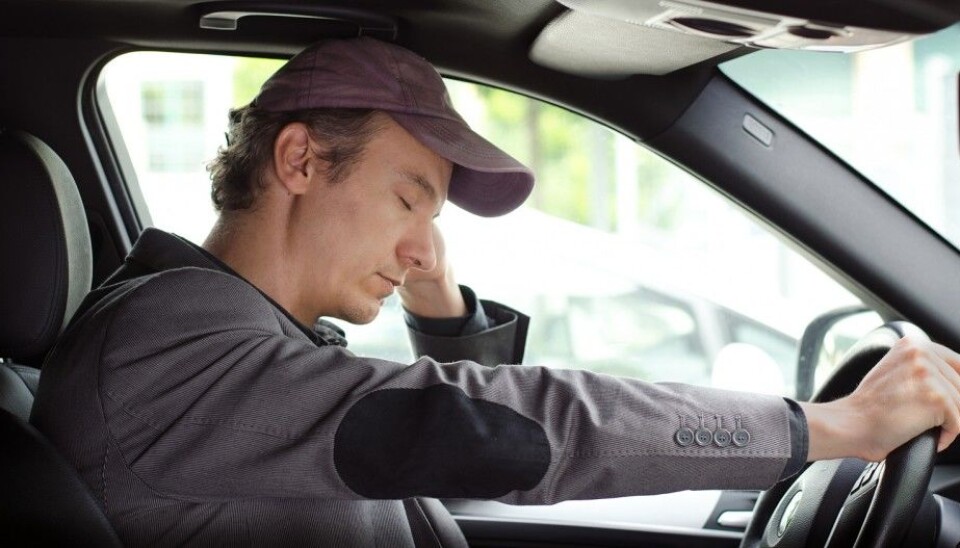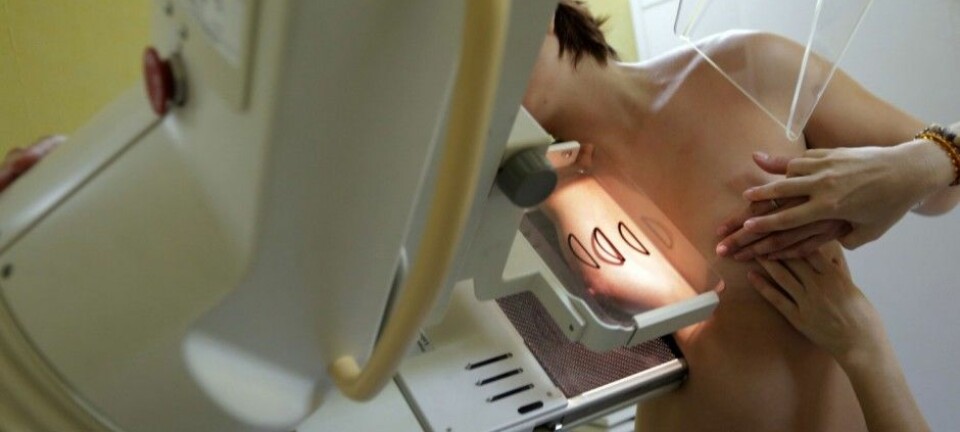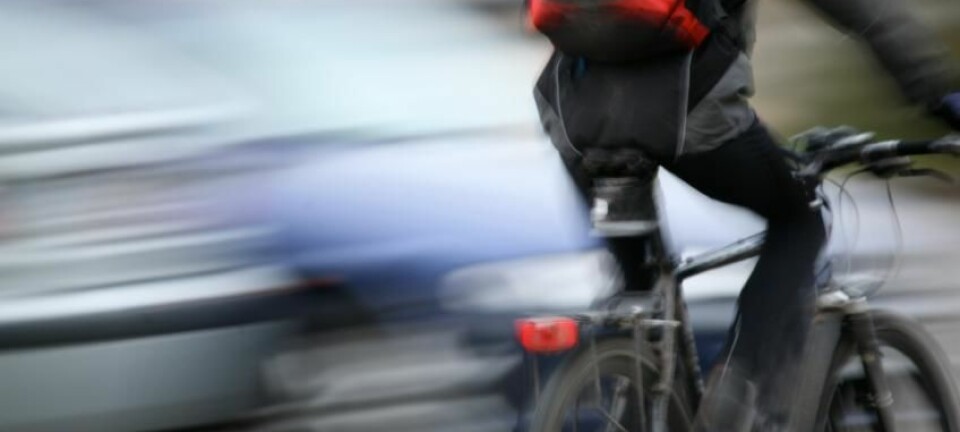
Driving home from night shifts is risky
Graveyard shift workers are not only subjected to higher risks of health problems – they can pose an immediate threat to themselves and others when heading home for bed.
Night work has a bad reputation and the term “graveyard shift” seems no less apt after some new research. A Danish study has shown that it can take several days to recuperate after a night without sleep and the effects can be like a hangover.
Night work can also raise the risk of breast cancer for women who work in jobs entailing it.
It might come as no surprise that our driving skills are impeded by night shifts, but how much poorer are we behind the wheel after engaging in nocturnal labour?
An American-Australian research team tried to find out.
They witnessed a large share of participants in their study getting involved in near-crash events.
Two hours behind the wheel
The researchers engaged 16 night-shift workers in the study and had each of them drive cars on closed tracks for up to two hours each after work.
The test persons were closely monitored and the researchers followed their eye movements and blink rates, brain activity and other signs of drowsiness.
The results of these shift workers were compared to those of control group who drove the same routes in the morning on the closed track after a regular night of sleep.
Experimenters road shotgun next to the test persons and took control of the cars when potentially dangerous situations occurred.
Wrong lane
Things didn’t go so well for the night-shift workers. Six out of 16 among the test persons got involved in near-crashes as the cars nearly drove into ditches or veered into what would be the lane of oncoming traffic. Seven of the 16 eventually drove too poorly to be allowed to run the whole course for two hours.
No near-accidents occurred among the control group and all completed the entire test drive.
Signs of drowsiness were very evident among those who had worked graveyard shifts, including slow blinking of the eyes and several cases of what is called microsleep, a temporary episode of sleep that can last from less than a second and up to half a minute. This is not all that surprising.
An intriguing detail, however, was that the participants in the night-shift group did well to start with. None of the near-crashes or takeovers by the controllers occurred until 45 minutes into the driving tests. But clear signs of sleepiness cropped up after just 15 minutes.
Limitations
The researchers stress that the study has its share of deficiencies. To begin with, 16 is a small number of test subjects and might not be representative of results had a larger number of night-shift workers been engaged.
Even though the drivers were behind the wheels of real cars, rather than sitting in simulators, driving on a closed course is quite different than a typical commute home in the morning.
Nor did the researchers have control of all the variables. The drivers in both the test group and the control group know what it means to be and act drowsy and they could have been intentionally trying to fight off and hide some of their symptoms.
Another issue is whether the results can be transposed to comparable driving situations outside the USA. Driver’s training and qualifications for licenses differ greatly between certain states in the USA and what is required, for instance, in Nordic countries like Norway.
That said, drivers in Norway also fall asleep behind the wheel and this is a common cause of fatal traffic accidents. According to the organisation Trygg Trafikk, 65 automobile drivers died in 2015 on Norwegian roads, along with 19 passengers. The death toll was even higher in 2013, a year when the Norwegian Public Roads Administration suspected that 14 percent of such deaths were caused by drivers falling asleep behind the wheel.
-------------------------------------
Read the Norwegian version of this article at forskning.no
Translated by: Glenn Ostling







